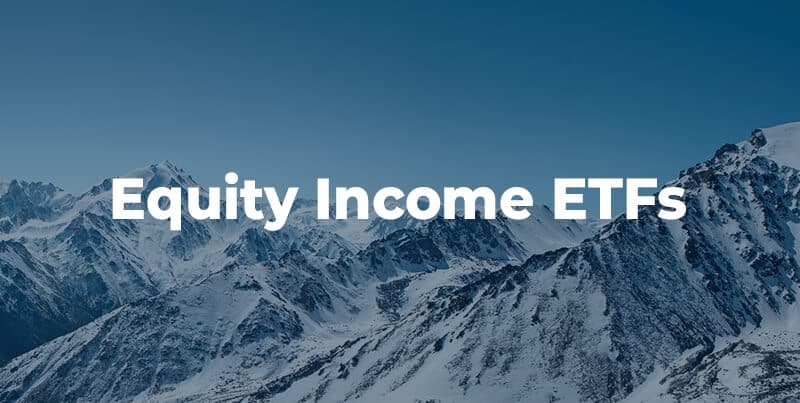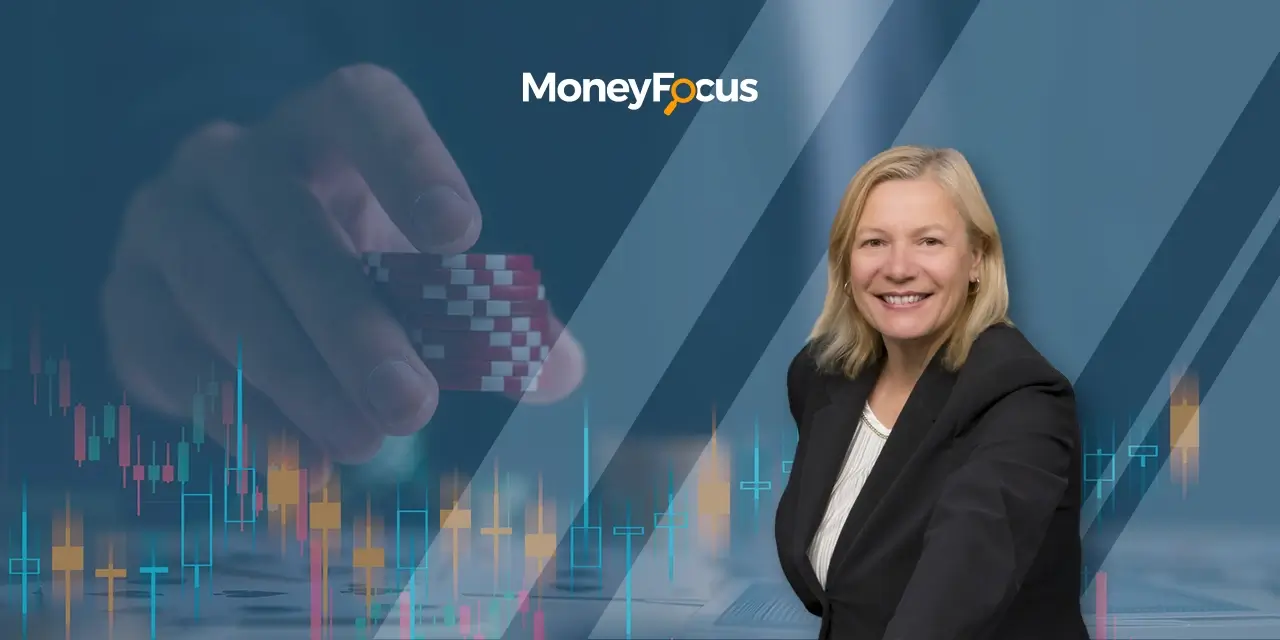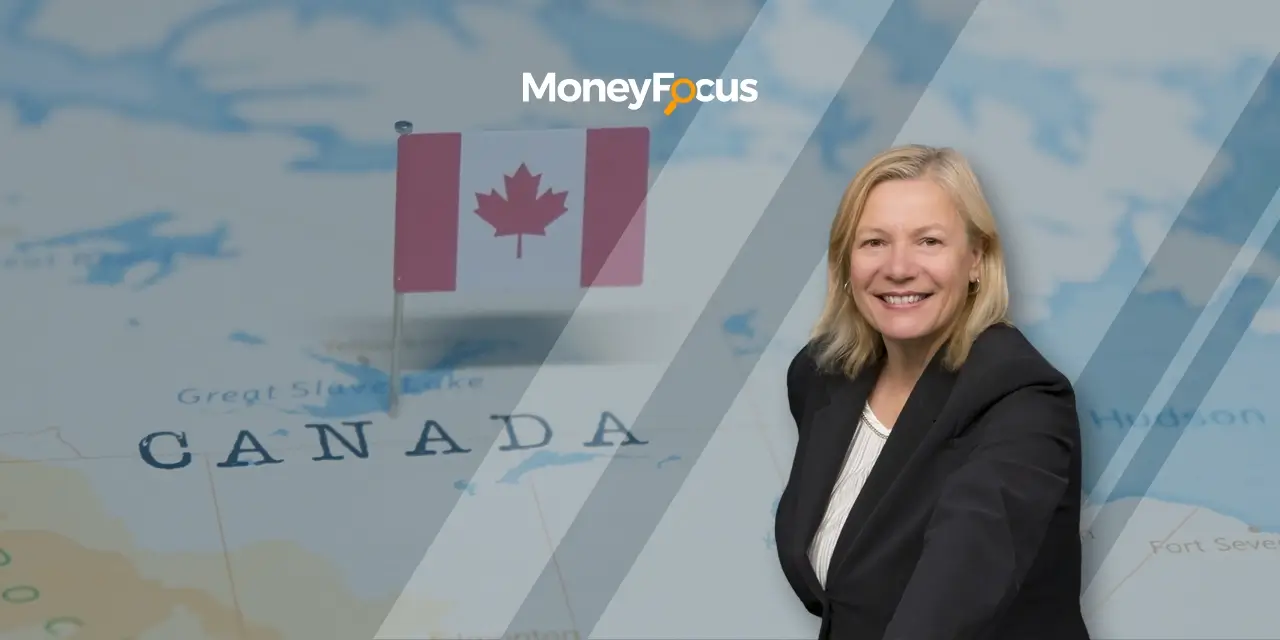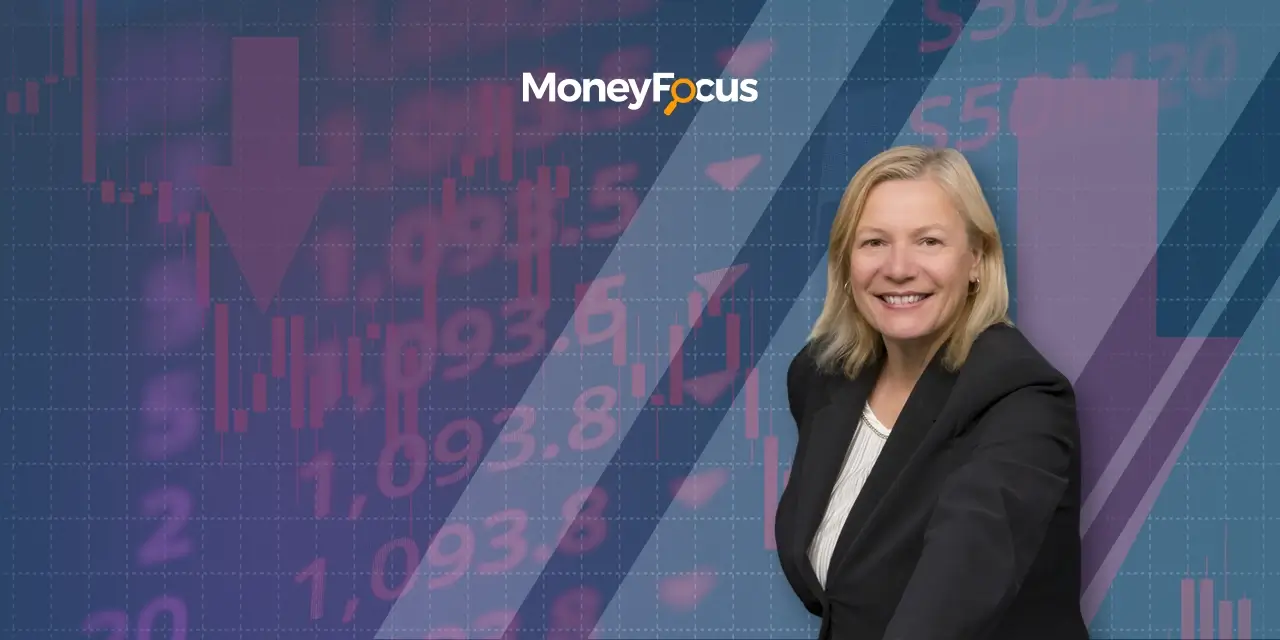By Harvest ETFs
Canadians in or approaching retirement may be considering how their savings could last long enough to become an inheritance. Some want to leave a lasting legacy, to their loved ones or to communities they support.
Others are seeking to help the next generation navigate a challenging environment. A recent study by Pollara Strategic Insights found that more than half of millennial and Gen Z Canadians say they need a financial inheritance to reach their goals, including homeownership and parenthood. While a number of older Canadians would like to help the next generation with an inheritance, they are facing challenges of their own.
The rising cost of living, inflation, and the possibility of long-term care expenses are eroding confidence in inheritance. Add to that the challenge of mandatory RRIF withdrawals over the age of 71 and it’s no wonder that Canadians are looking for ways to help preserve an inheritance.
How Income can help Canadians who want to leave an inheritance
Leaving an inheritance comes down to a relatively simple accomplishment: saving enough that you have money left over after you have passed on. However, unforeseen expenses and rising costs of living can make that simple accomplishment quite challenging. That’s especially challenging if you plan to live on a fixed amount of savings, drawing some down each year to pay for your expenses in retirement.
Investment income is typically used as a solution for Canadian retirees. Traditionally, bonds, GICs, and other fixed-income instruments held in a portfolio would pay enough income to cover most expenses, leaving principal investments intact enough to form an inheritance. However, in today’s environment of still-low interest rates, high inflation, and high late-life costs like long-term care, that income is often not high enough.
That’s why many Canadian retirees are turning to equity income ETFs to support their retirement income. These ETFs hold portfolios of equities, stocks, and use a covered call option strategy to trade off some market upside for high premiums paid out as monthly income.
Harvest Equity Income ETFs use an actively managed covered call option strategy to ensure as much of the portfolio as possible is still exposed to market growth opportunities while the ETFs pay income at rates typically higher than inflation. Harvest Equity Income ETFs hold portfolios of large-cap business leaders, companies which have shown strong growth prospects over the long-term. The exposure to those leading businesses can help retirees offset losses or even grow their principal savings while covered call option income helps them pay for their retirement expenses.
By staying invested in portfolios of large-cap leaders through these ETFs, these retirees can keep their portfolios exposed to potential market upside, while they earn high monthly income distributions which can offset potential downside, pay for retirement expenses, and help retirees preserve enough of their principal to leave an inheritance to their heirs. In the case of significant retirement savings, the eventual gift of an inheritance can even help the next generation invest and save for their own retirements.
Inheritance is an important aspect of any retirees’ plans and goals. While expenses and unforeseen challenges can complicate those plans, retirees looking to leave a legacy or give the next generation a leg up may want to consider how income from equity income ETFs can help.












